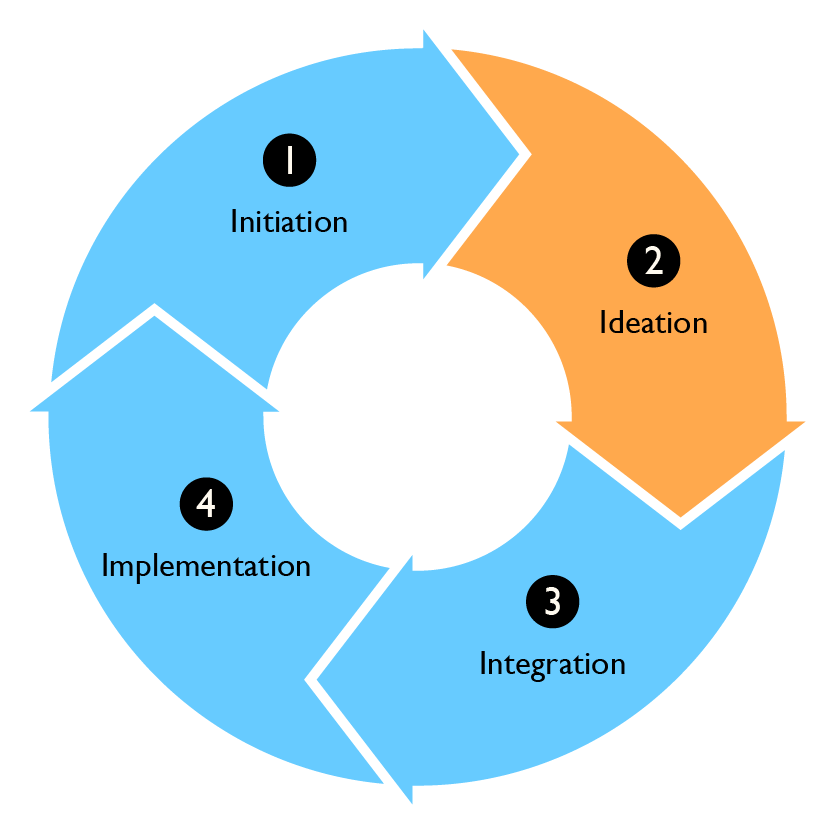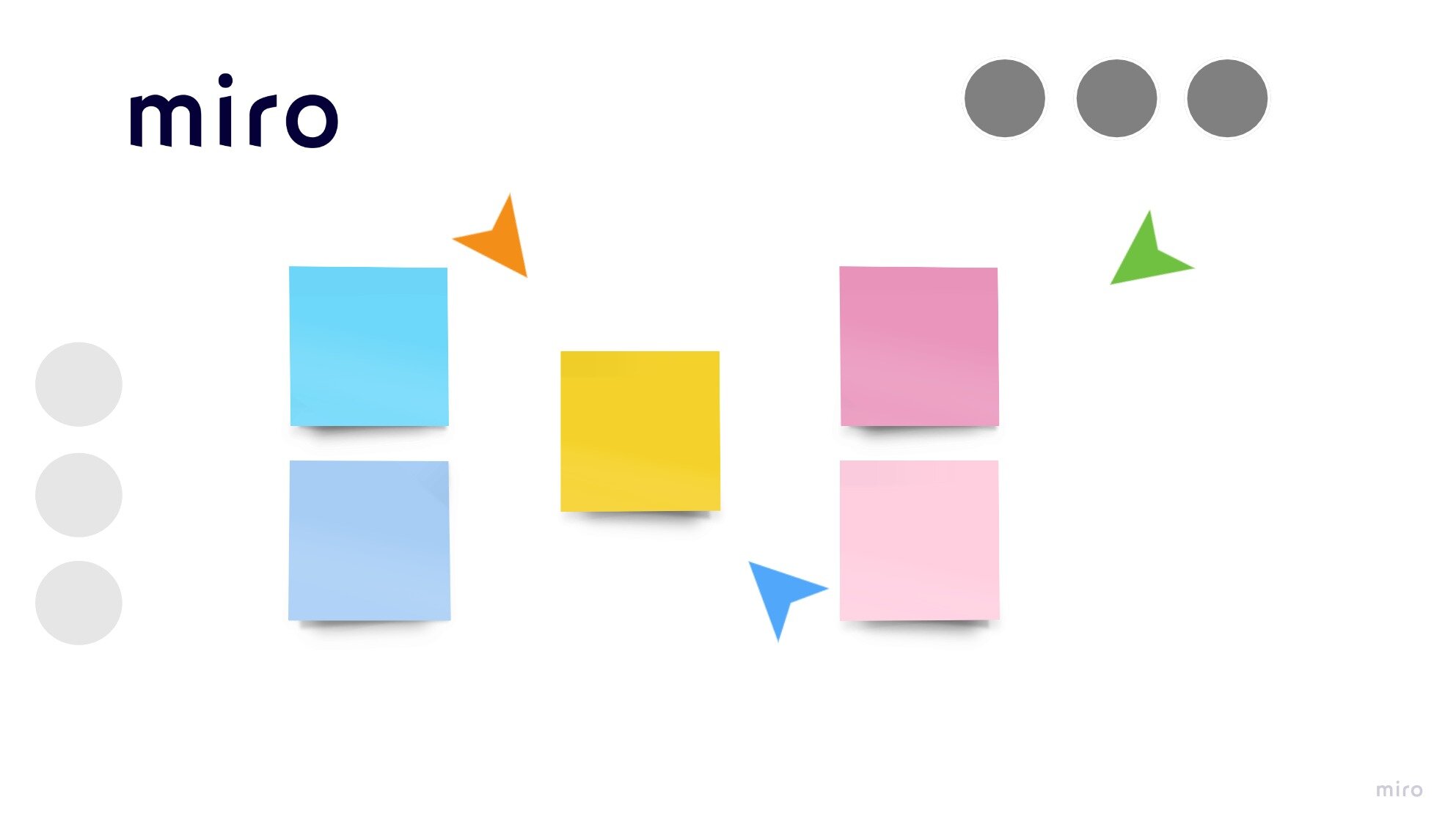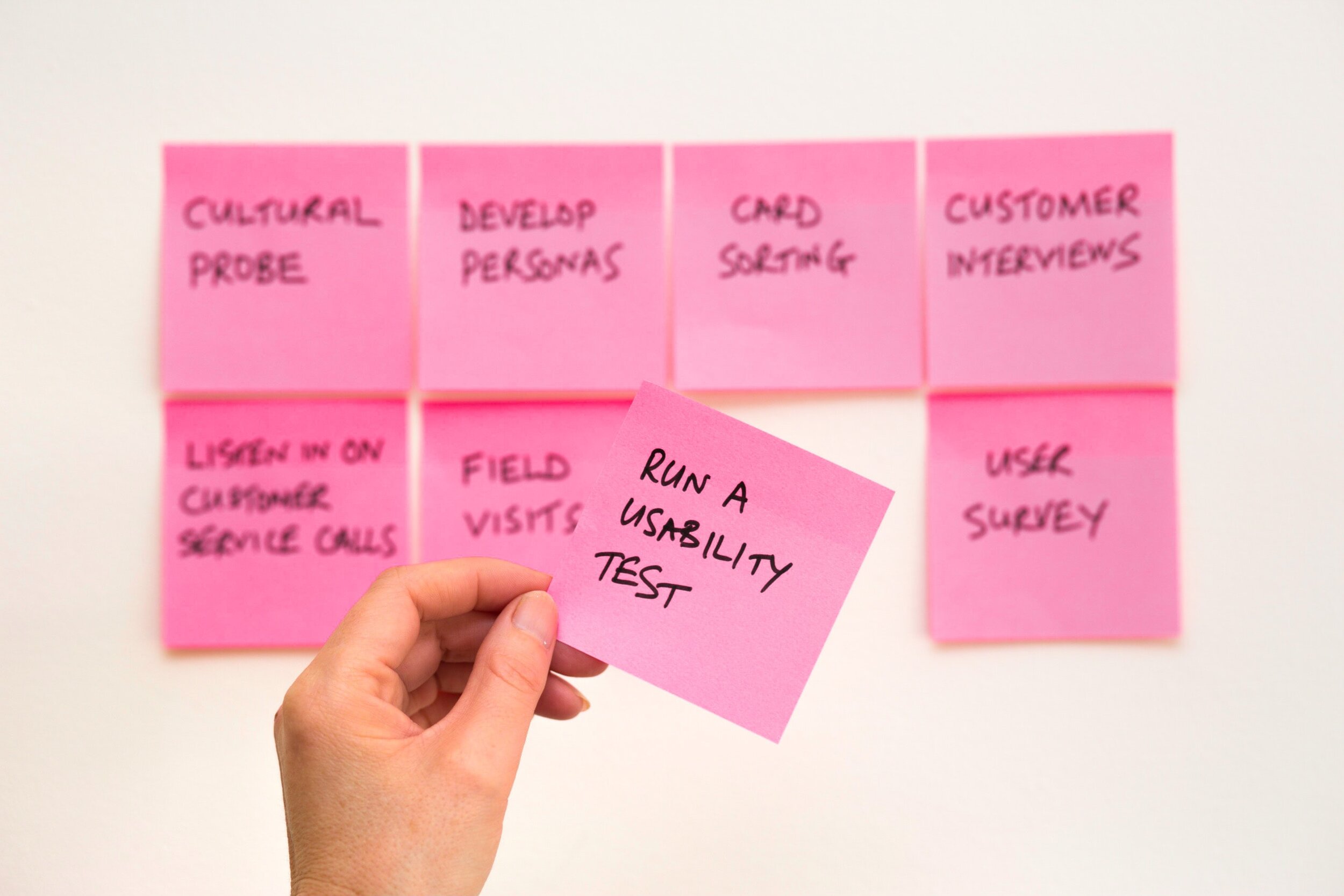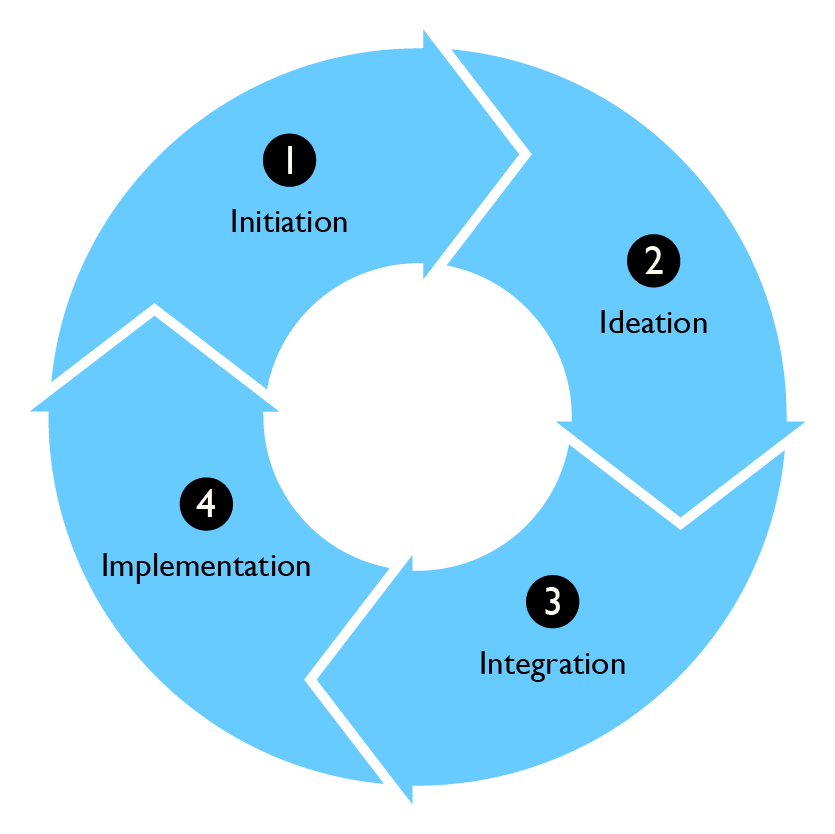What do you miss most about working from the office? While many workers are happy to do without long commutes and fixed working hours, there is one thing many of them miss: stimulating exchanges with colleagues, jointly identifying problems and spinning wild ideas.
At the beginning of 2021, we are mostly used to the new digital reality, yet many still feel that online meetings might be appropriate for coordination but not suitable for ideation. Our conclusion after almost twelve months of executing online workshops with hundreds of participants: it is possible to develop innovative business ideas remotely – if you consider certain points.
In this blog post, we want to share our learnings on how to plan and execute a successful remote ideation session - from the ideal group size, our favorite collaboration tools to the dos and don'ts of virtual whiteboards and icebreakers.
What is ideation?
We will start with a quick brush-up: ideation is a creative process for generating and exchanging new ideas. These can be ideas on how to best resolve a customer problem, ideas on how to quickly seize an opportunity or even ideas on reinventing an organization’s business model.
In the process of business model innovation, ideation is the second step.
Initiation
Ideation
Integration
Implementation
How do you organize a successful ideation session online?
Organizing an ideation workshop involves two key elements: gathering the right participants and preparing the sessions. With both, there are a few things to consider when moving the ideation session online.
Convening participants
An obvious advantage of a digital ideation session is that it is easier to convene a diverse group of participants online. Colleagues from other cities or countries, customers, or external participants such as startups or scientific experts can be easily connected using digital tools. The rule is: the more diverse the group, the higher the chance of innovative ideas.
A clear and informative invitation establishes the right level of expectations. We recommend communicating the following key elements:
Goal of the session – What are you hoping to achieve?
Problem – What is the scope and nature of the problem you want to solve?
Role – Why do you think the participant can contribute to the session?
Output – What is the expected output of the session? Ideas.
Organizing the program and timeline
Before preparing the workshop in your favorite collaboration tool, make sure your participants can access it without restrictions. Then you can proceed with creating the program and timeline for the session. Based on our experience, these three guidelines are key to planning a fruitful workshop.
Group size – Ideate in small groups of three to five participants.
Timing – Ideate no longer than 60 minutes at once. After that, creativity and hence, quality declines.
Input – Select business model patterns according to both principles: similarity and confrontation.
Selecting the right collaboration tool
When the pandemic hit in early 2020, many companies faced the challenge of having to move meetings, workshops, and services online. After experimenting with several collaboration tools, the BMI Lab has now settled on working with Miro for our online workshops.
Miro is one of the most popular online collaboration platforms. You can picture it as a digital whiteboard with presentation functions like PowerPoint which can be navigated as easily as Google Maps.
Visualization – dos & don’ts
When preparing the material for an online ideation session, it is a good starting point to picture the set-up you would have organized for a physical location. Whiteboards, sticky notes, and room dividers are all resources that can easily be transferred to an online context.
Miro offers the possibility to work on templates, upload pdf documents and write on virtual sticky notes. We recommend avoiding working boards that are too colorful – this might tire participants. The key is to keep it simple without being boring.
3 Ways of using the Business Model Pattern Cards Online
90% of business models are a recombination of only 55+ existing patterns. Initially published in the widely known book the St.Gallen Business Model Navigator, these patterns can be used as templates for innovation. For that purpose, BMI published a set of convenient cards which can be used during ideation sessions within an innovation process.
Here, you can find our guidelines for ideation using the Business Model Innovation pattern cards. Applying the pattern adaptation principle usually results in a rich harvest of ideas for a potential new business model. It is vital to identify and adapt new patterns if you are to break with the dominant industry logic.
To facilitate online ideation sessions, we have digitized these business model pattern cards in 2020. There are three ways for you to use the cards online.
Option 1 – Pattern Database
In our open pattern database, you can find an overview of all business model pattern cards – each card with interesting background information such as the top industries a business model is represented in, or which well-known companies operate under this business model.
Option 2 – Digital Ideation Board
The digital ideation board is a free online tool for remote teams. With the Randomized Ideation function, you will be exposed to single cards for a limited time you can use to brainstorm how the pattern could be applied to your company’s business model.
Option 3 – Ready-to-use Miro board
To receive additional guidance, such as tutorial videos, an individualized Miro board including the 55+ pattern cards in their digital version, a personalized pattern selection, and guided ideation sessions with an expert from the BMI team, please take a look at our new digital ideation offerings.
How do you run a remote ideation session?
After the participants are invited and you have made all the necessary arrangements, you are ready for the big day. Here's everything you need to know about running a remote workshop - and what to do right after the session.
Activating participants during the ideation session
The opening of a remote ideation workshop is critical for its success. In a remote setting, it is particularly important to activate participants right away to make sure they feel involved and will contribute with their ideas.
Icebreakers can be they can be a good way to engage participants - but they can also easily backfire. An inappropriate icebreaker will make participants feel uncomfortable, and in response, they may disengage. For inspiration on successful digital icebreakers, have a look at Zapier’s great article on how to run virtual icebreakers that actually work.
If the session gets off to an energizing task, the level of creativity amongst participants should be high. Creativity is key for a successful ideation session – the more creative the participants, the more ideas they will generate. But to clear up a common misconception: creativity is not a matter of serendipity or strokes of genius, but a skill anyone can achieve with the right tools. In this blog post, we introduce six tools for improving creativity during ideation sessions.
Documenting the results
Another advantage of digital ideation sessions: they usually are easier to document than in-person workshops. Many online collaboration platforms offer functionalities to export the results as a pdf document. We also recommend taking screenshots and making short videos of the participants working on the digital board. These can be useful in future sessions to motivate further participants or start internal marketing/communication initiatives.
If your ideation session is part of a more long-term oriented project, do not hesitate to contact us to learn more about our digital business modeling board, a fully guided Miro board to support you from the idea generation up to the implementation of the business model idea.
The next steps
Steve Jobs once said: “To me, ideas are worth nothing unless executed. They are just multipliers. Execution is worth millions.” Carrying out an online ideation session is a challenging task, but it also marks only the beginning of the business model innovation process.
Integration
To generate value from the ideas born in the ideation session, you need to build on the results. First, the most promising ideas must be prioritized and then set into a coherent business model that meets the requirements of the external environment and is consistent with the company’s core competencies. This step is called integration. It aims at detailing each promising idea into the four dimensions of a business model.
Implementation
Bringing radically new business model ideas to life is potentially the hardest phase in a business model innovation process. Typically, these ideas are very risky, and the likelihood of failure is very high. However, the most radical ideas are also the ones with the greatest potential for long-lasting impact. During the implementation phase, the goal is to de-risk your business model idea by continuously testing its most critical aspects effectively. Here, you can learn more about business model testing and our testing cards.
The BMI Lab can support your company throughout the entire business model innovation process. We offer custom-made solutions, resources, and tools for each step of the way. If you want to learn more about how we can support your innovation ambitions.








